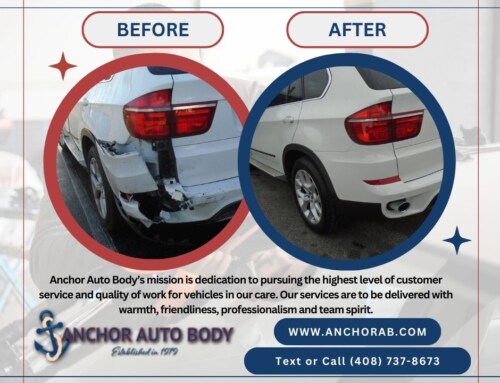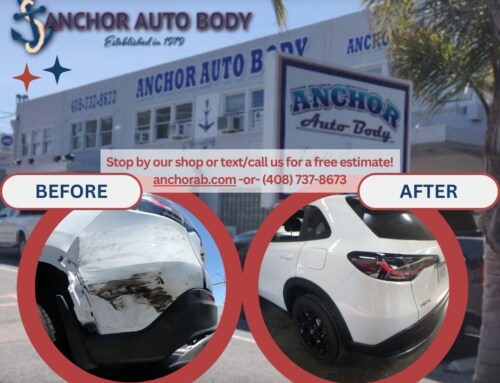After an accident, one of the first questions many drivers have is, “Can I still drive my car?” The answer depends on the type and severity of the damage sustained. While some damage may only be cosmetic, there are certain types of damage that can severely impact your vehicle’s performance, safety, and even legality on the road. Let’s explore different types of accidents, the kinds of damage that may occur, and whether or not your car is safe to drive after a collision.
Minor Accidents: Cosmetic Damage
Some accidents result in only minor cosmetic damage, such as small dents, scrapes, or scratches. These types of damages, while unsightly, typically don’t affect the drivability of your car. Examples of this type of damage include:
- Paint Scratches and Scuffs: These are common in fender benders or parking lot incidents where vehicles may scrape against each other. While they don’t impact your car’s function, it’s important to note that unaddressed paint damage can lead to rust over time.
- Small Dents: Dents in the body panels or bumpers can be purely cosmetic and don’t usually interfere with how your car drives. However, if the dent is in a crucial area like the hood or doors, it may be a sign of a more serious underlying issue, such as a damaged frame.

In these cases, your car is likely safe to drive, but it’s still a good idea to get an inspection to ensure no deeper issues are lurking beneath the surface. Cosmetic repairs can restore the look of your vehicle, prevent long-term issues, and maintain its value.
Moderate Accidents: Functional Damage
Accidents that cause moderate damage can begin to affect your car’s ability to drive safely and efficiently. Some examples of moderate damage include:
- Broken or Misaligned Bumpers: If your bumper is cracked or misaligned, it could interfere with the car’s aerodynamics or protection in case of another accident. Even though the car might still be drivable, it won’t perform optimally. Additionally, a faulty bumper can make your vehicle more vulnerable in future accidents, as the bumper won’t absorb impact correctly.
- Damaged Headlights or Taillights: If your lights are damaged or not functioning properly, it’s illegal to drive your vehicle. Beyond the legal ramifications, poor visibility in low light conditions increases the likelihood of further accidents.
- Misaligned Suspension or Steering: If the suspension or steering is affected after an accident, driving the vehicle can be dangerous. A misaligned suspension or bent control arms can make your car pull to one side, which could lead to loss of control.
In these cases, it is best to get your car professionally inspected. While it may technically be drivable, damaged suspension or steering systems can lead to poor handling, uneven tire wear, and potentially catastrophic accidents if not repaired.

Severe Accidents: Structural or Engine Damage
More severe accidents can result in structural or mechanical damage that makes your car unsafe to drive. This type of damage includes:
- Frame Damage: The frame of your car is the backbone of the entire vehicle. If it’s bent or damaged, the car may not drive in a straight line, handle properly, or be structurally sound in future accidents. A bent frame also affects your vehicle’s ability to absorb impact, which can increase the severity of injuries in subsequent crashes.
- Engine or Transmission Damage: If your car was hit in a way that impacted the engine or transmission, you might experience fluid leaks, strange noises, or even engine failure while driving. Driving with engine or transmission damage can lead to complete vehicle failure, stranding you on the road, or causing further damage that can lead to costly repairs.
- Airbag Deployment: If the airbags deploy, it’s usually a sign of a severe accident. Even if the car seems driveable afterward, the deployment of airbags means there was enough force to indicate significant damage, and driving the car without replacing the airbags leaves you unprotected in the event of another crash.
- Wheel and Axle Damage: If one of your wheels or axles was hit, your car could have alignment issues, uneven tire wear, and poor handling. A damaged axle or wheel could lead to a complete loss of control at higher speeds, creating a dangerous situation for you and other drivers.
In any accident that causes structural or mechanical damage, it’s crucial that you do not drive your vehicle. These types of damage can lead to catastrophic failure while driving, putting you and others at serious risk. A professional mechanic or body shop should assess the full extent of the damage before you even consider getting back on the road.
Consequences of Driving a Damaged Vehicle
If you choose to drive your vehicle after an accident without having it inspected or repaired, there are several potential risks:
- Increased Accident Risk: If your vehicle’s handling or braking is compromised, it increases your likelihood of getting into another accident. Poor alignment, steering issues, or brake problems can all make driving much more dangerous.
- Further Damage: Driving a car with existing damage can cause additional wear and tear on other parts of the vehicle. For example, if your suspension is damaged, it could lead to uneven tire wear, which might eventually result in a tire blowout.
- Legal Issues: In some cases, driving a car with specific types of damage is illegal. For example, broken lights, faulty brakes, or missing safety components (like airbags) could result in fines if you’re pulled over or involved in another accident.
Anchor Auto Body Has You Covered
At Anchor Auto Body, we understand that accidents happen, and sometimes it can be hard to tell whether your car is safe to drive afterward. Our team of experts is here to assess any damage, big or small, to ensure your vehicle is road-ready. Whether it’s cosmetic or structural, we’ll get your car back to top condition using high-quality repair methods. Don’t take chances with your safety—contact Anchor Auto Body for a professional inspection and repair. Stay safe on the road, and let us take care of the rest!





